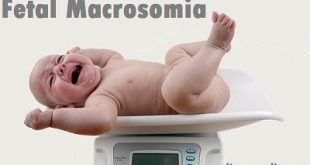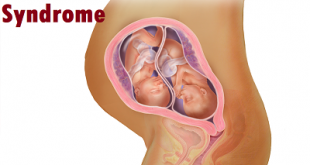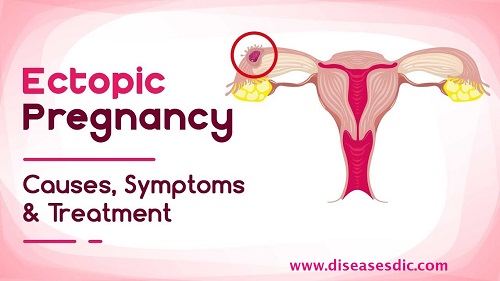What is Hyperemesis Gravidarum? Hyperemesis gravidarum is a severe and persistent form of morning sickness that occurs during pregnancy. While morning sickness is common in early pregnancy and often involves mild nausea and vomiting, hyperemesis gravidarum is characterized by excessive, unrelenting nausea and vomiting that can lead to dehydration, electrolyte …
Read More »Stillbirth – Causes, Diagnosis and Prevention.
What is Stillbirth? A stillbirth is the death or loss of a baby before or during delivery. Both miscarriage and stillbirth describe pregnancy loss, but they differ according to when the loss occurs. In the United States, a miscarriage is usually defined as loss of a baby before the 20th …
Read More »Placenta accreta – Types, Causes, Symptoms and Treatment
Definition Placenta accreta, abnormal adherence of the placenta to the wall of the uterus, so that it remains in the uterus after the baby has been delivered. Although uncommon, placenta accreta poses serious dangers to the mother. If complicated by coexisting placenta praevia (development of the placenta in an abnormally …
Read More »Fetal Macrosomia – Causes, Complications and Treatment
Definition Fetal macrosomia is medical condition where a baby is born with more weight and size than usual. In case of this disease, a child might have a birth weight of more than 8 pounds or 4000 grams. About 9 percent of children, worldwide, are born with this syndrome. The …
Read More »Twin to twin transfusion syndrome (TTTS) – Complications and Treatment
Definition Twin to twin transfusion syndrome (TTTS) is a serious condition that occurs in approximately 10 to 15 percent of pregnancies with identical twins that share one placenta, also called a monochorionic-diamniotic twin pregnancy. Blood vessel connections within the placenta allow the fetuses to share blood supply and can cause …
Read More »Polyhydramnios – Complications, Risk Factors and Treatment
Definition Polyhydramnios is an excess accumulation of amniotic fluid – the protective liquid that surrounds the unborn baby in the uterus during pregnancy. The condition occurs in 1 percent to 2 percent of all pregnancies. Polyhydramnios can be an isolated condition (which means no other birth defect or condition occurs …
Read More »Gestational diabetes – Pathophysiology, Types and Prevention
Definition Gestational diabetes is a kind of diabetes that just happens in pregnant ladies. That implies you can’t get gestational diabetes except if you’re pregnant. You may create gestational diabetes out of the blue during pregnancy or you may have a gentle undiscovered instance of diabetes that deteriorates when you’re …
Read More »Ectopic Pregnancy- Causes, Treatment and Prevention
Definition Ectopic pregnancy (Ectopic means “out of place”) is when an embryo grows in the wrong place outside the womb. An embryo is a fertilized egg that results when an egg and sperm combine. Once an egg is fertilized, it usually travels down a fallopian tube and attaches to the …
Read More » Diseases Treatments Dictionary This is complete solution to read all diseases treatments Which covers Prevention, Causes, Symptoms, Medical Terms, Drugs, Prescription, Natural Remedies with cures and Treatments. Most of the common diseases were listed in names, split with categories.
Diseases Treatments Dictionary This is complete solution to read all diseases treatments Which covers Prevention, Causes, Symptoms, Medical Terms, Drugs, Prescription, Natural Remedies with cures and Treatments. Most of the common diseases were listed in names, split with categories.








